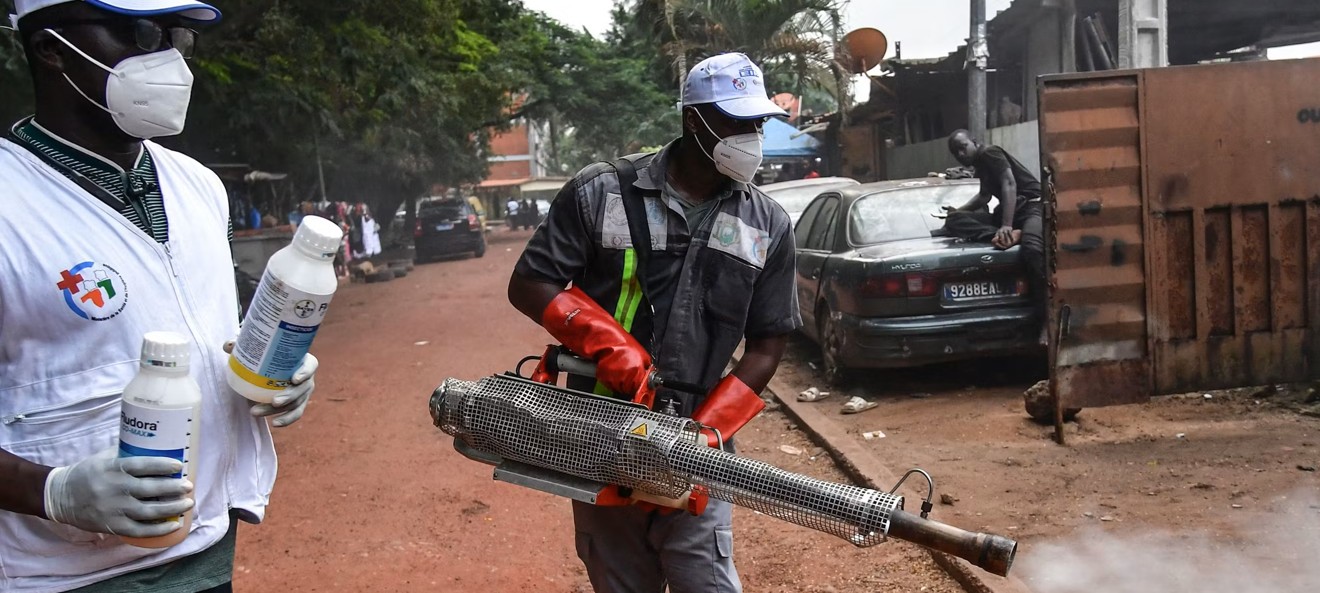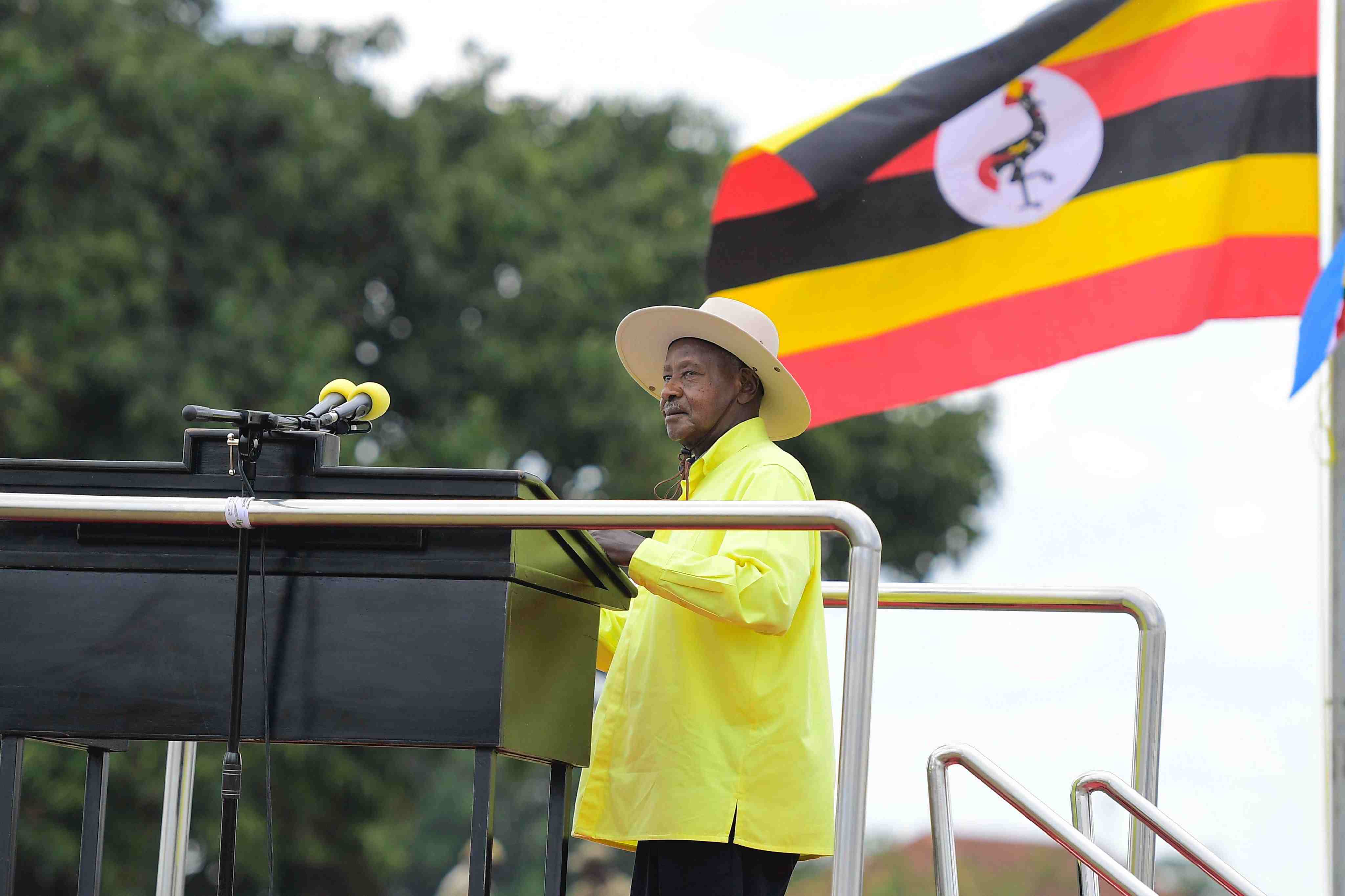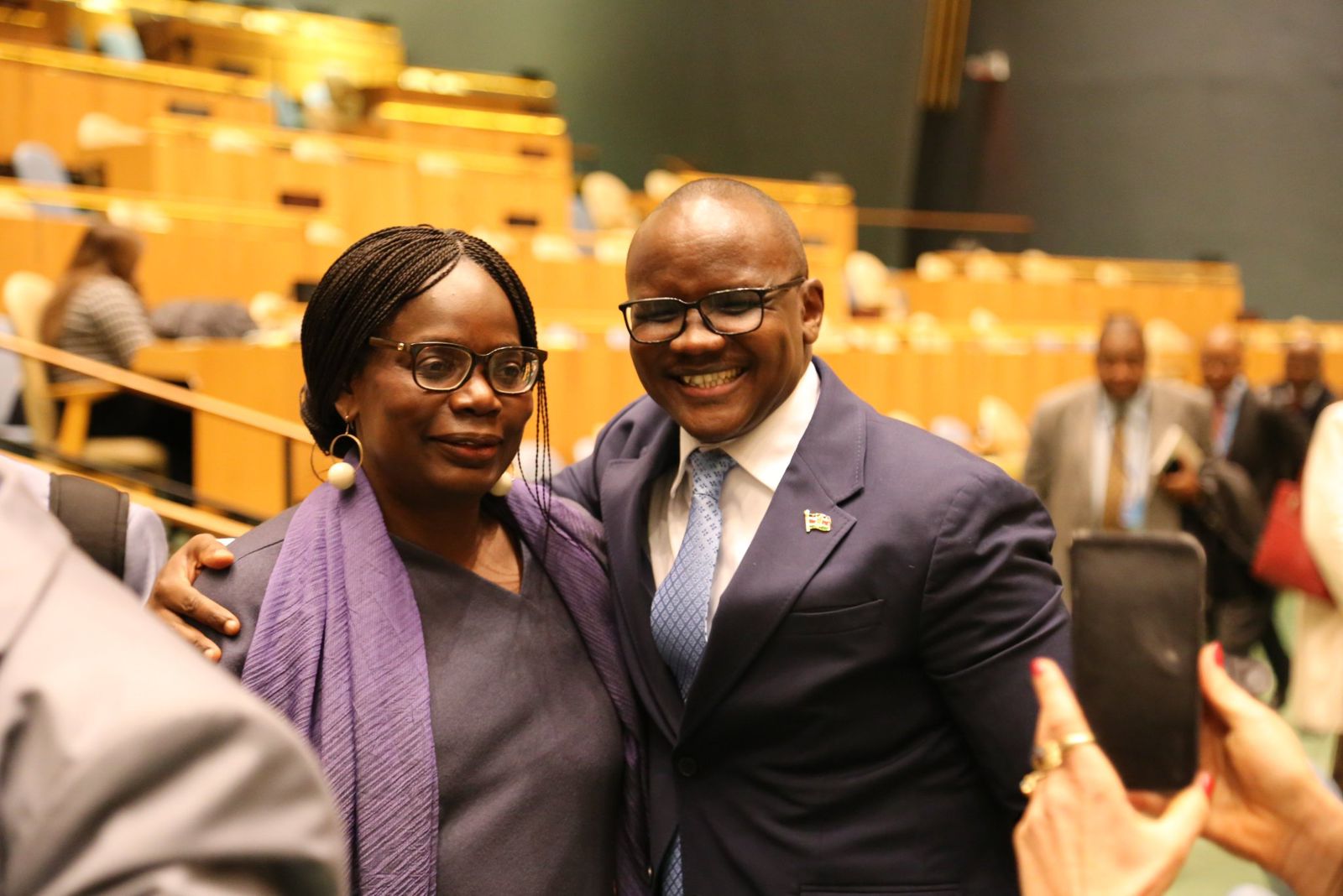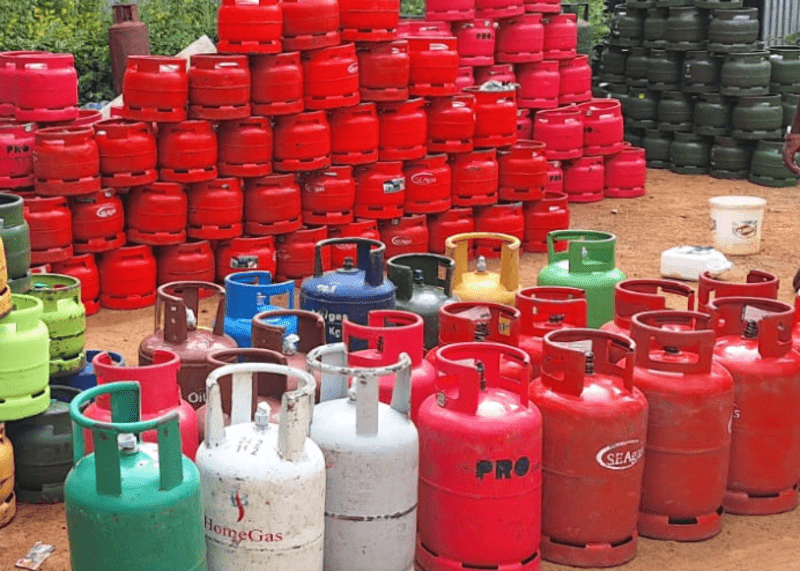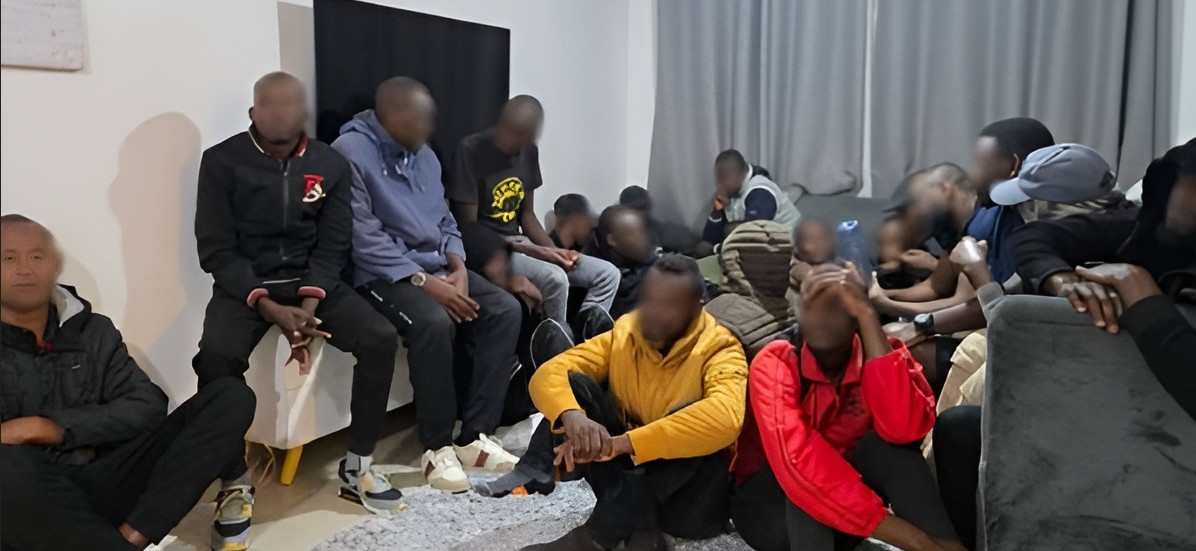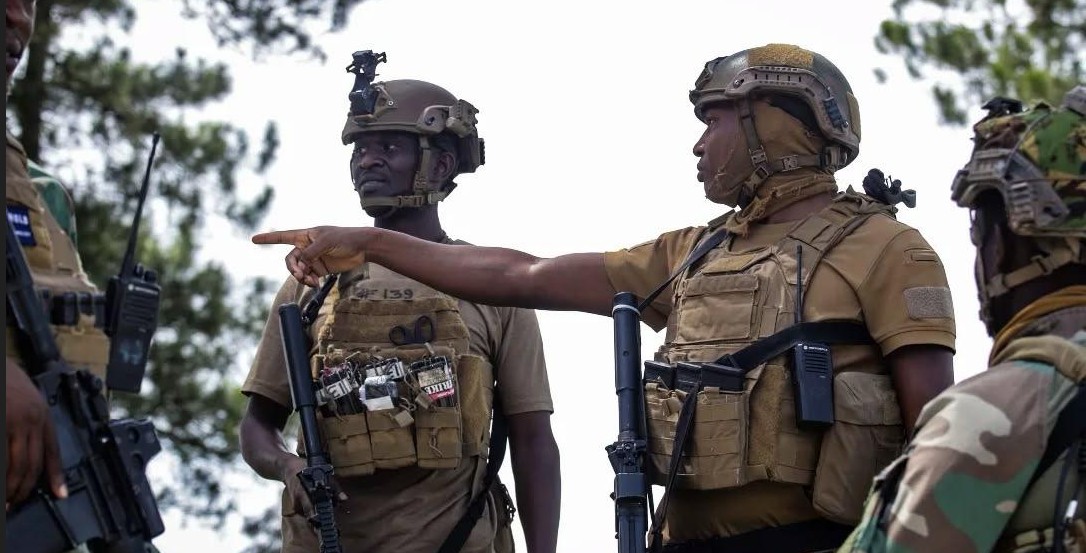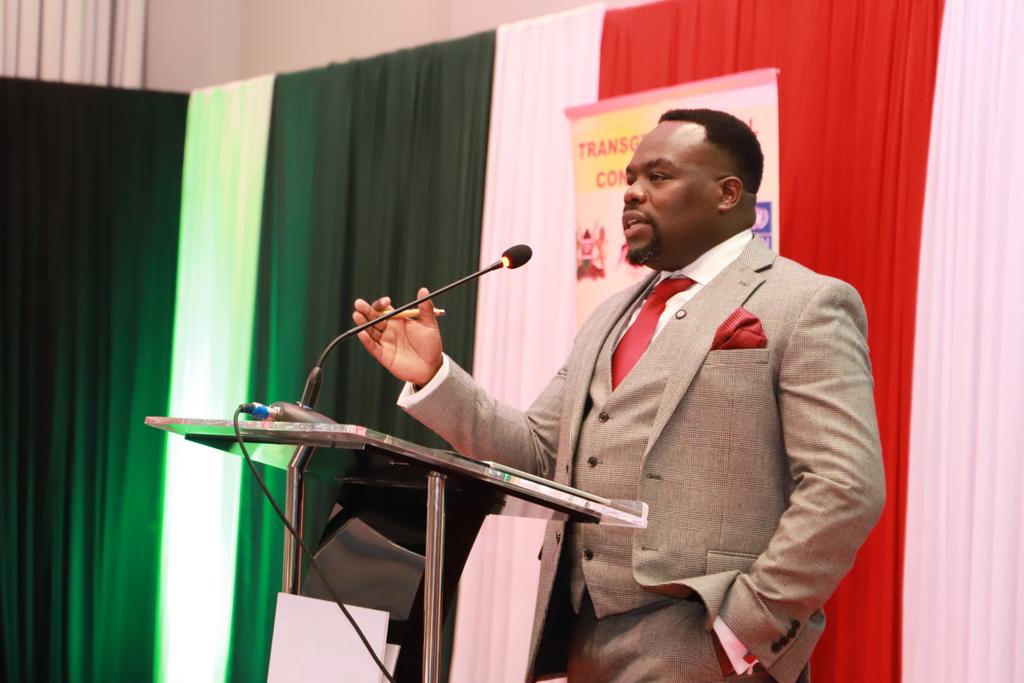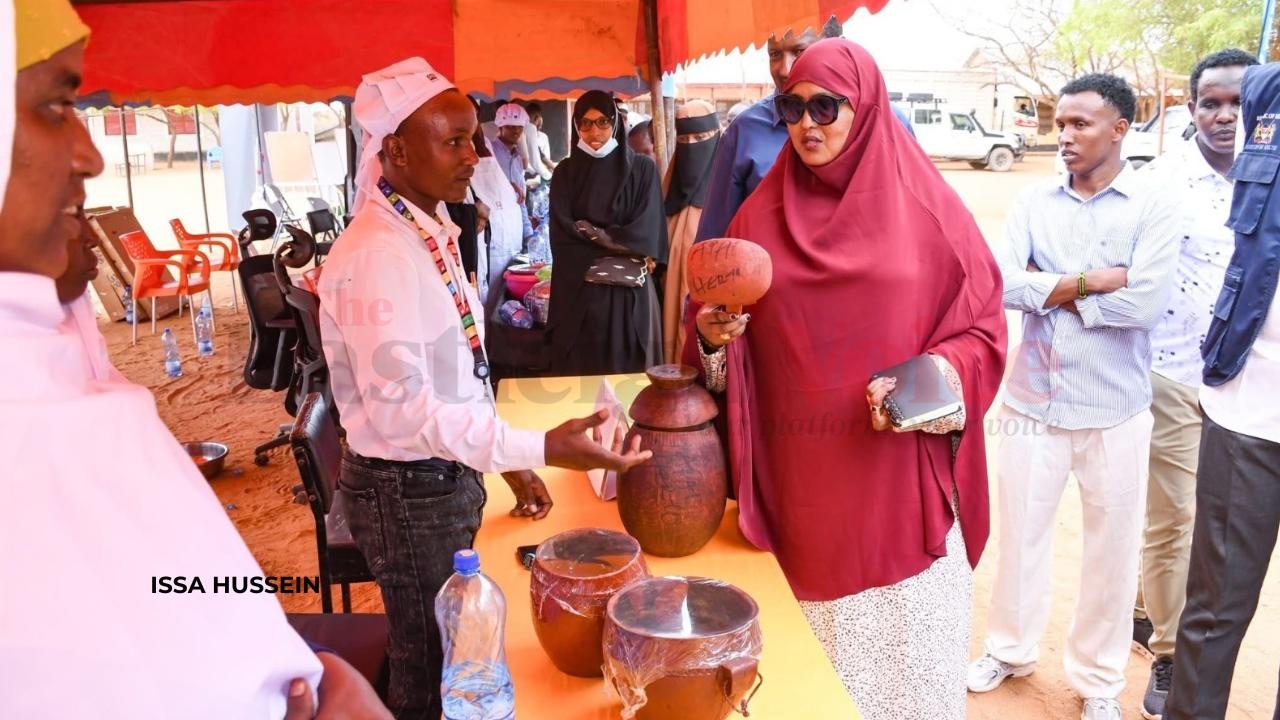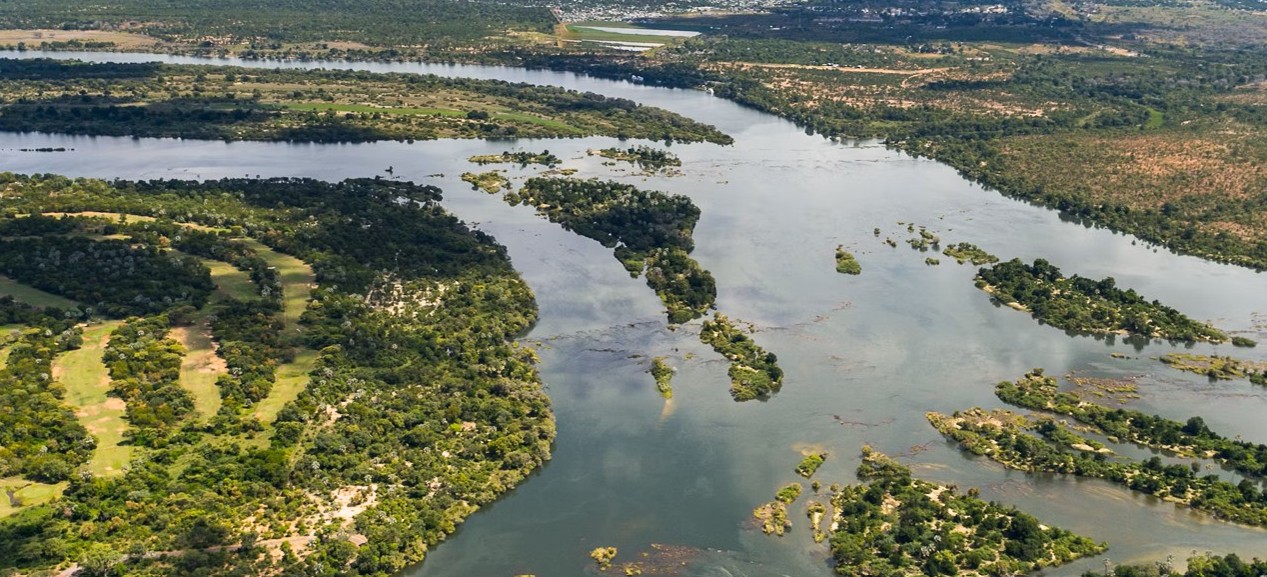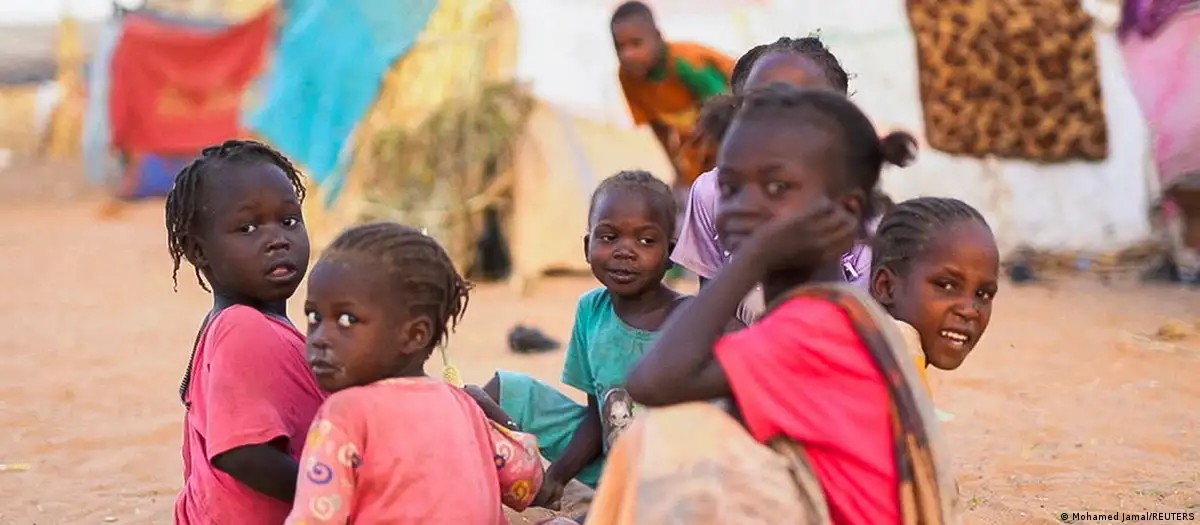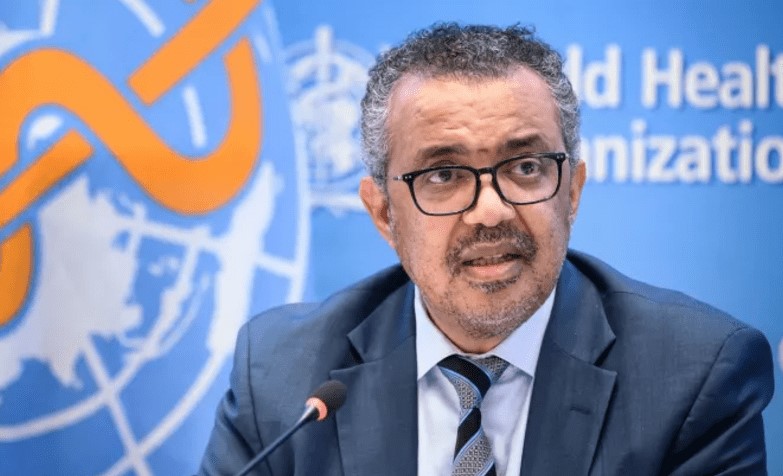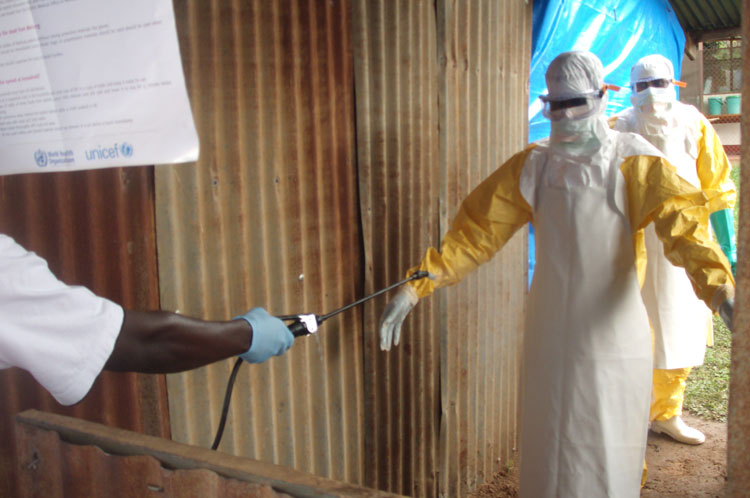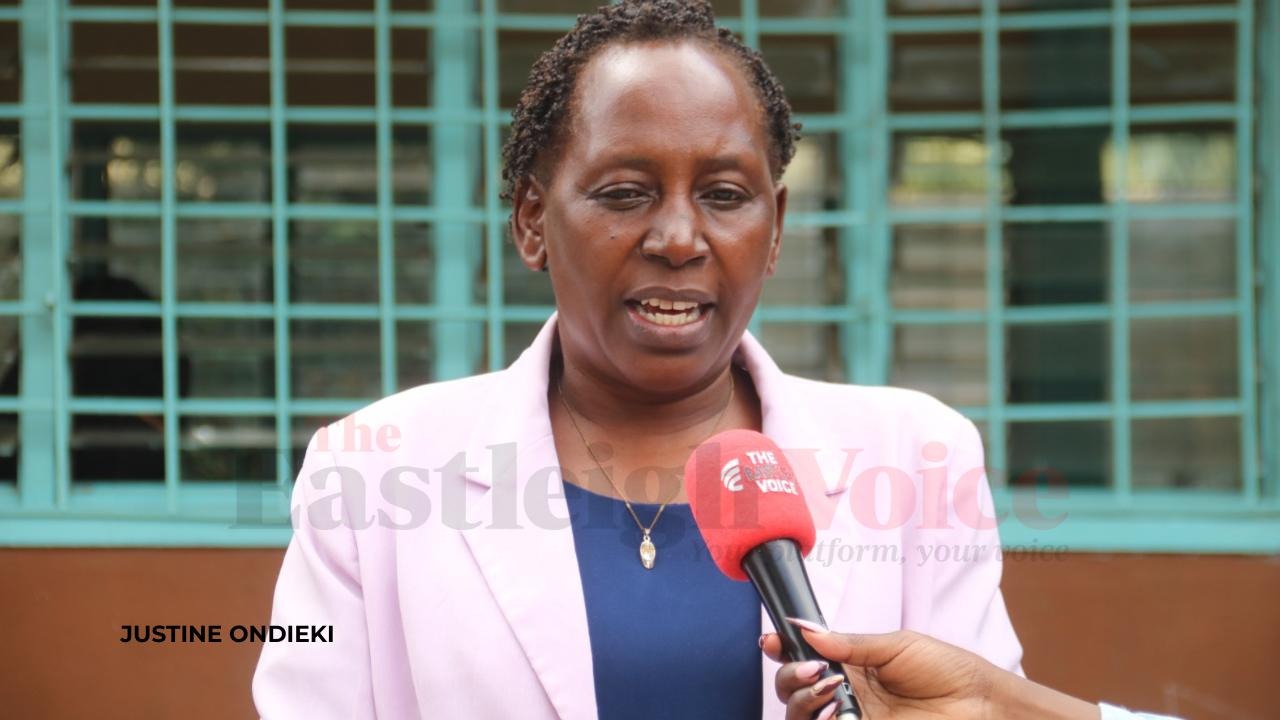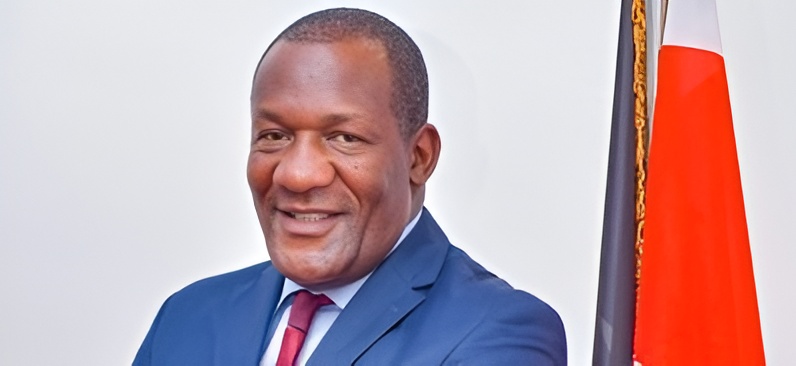Somalia’s aviation evolution from a journalist’s 20-year-perspective
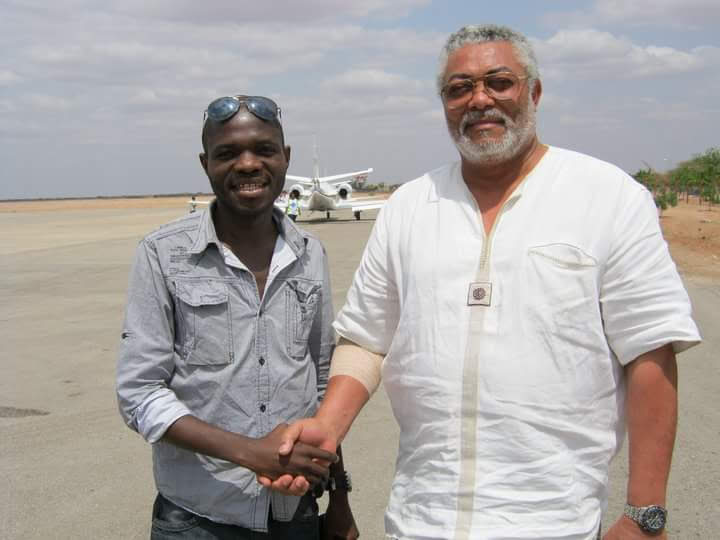
My first flight to Somalia was in 2004. I was excited to have been given an exclusive by the then President Abdullahi Yusuf Ahmed but at the same time concerned about my safety in a country that was going through a civil war.
I'm at the airport in Mogadishu, waiting in queue to be vetted for entry by well-dressed immigration officials. The airport is humming with bustle.
A Somali diaspora family, a European humanitarian worker, an Arab diplomat, a Kenyan footballer or teacher, a government official, a returning ATMIS soldier, and a European YouTuber turned tourist.
More To Read
- Somali Electoral Commission to begin voter card distribution in Banadir ahead of elections
- Africa’s rapid drone expansion promises high-tech warfare but struggles to achieve strategic results
- ‘No rain, no food, no life’: Amnesty slams global inaction as Somalia’s drought turns deadly
- 868 Al-Shabaab militants killed since February - Somali Defence Ministry
- EU deploys warship to track suspected pirate mothership off Somalia
- Somalia's senior Olympic Committee officials suspended over alleged misconduct
This is the ultramodern Aden Abdulle International Airport, which is gradually becoming a regional hub. It even features the upscale Turkish hotel Ducale.
I look back at the 20 years I have been covering Somalia as a journalist for different news agencies, NTV, Aljazeera Arabic and English, CNN, DW, and K24 and am amazed at the changes that have taken place at this airport.
Today we can speak of the Kenya Airways flight resuming its Nairobi-Mogadishu flights, we can talk of last week’s opening of a new hangar after 33 years. I have witnessed many changes in Somalia's aviation and of course the rise of Somalia and its capital.
My first flight to Somalia was in 2004. I was excited to have been given an exclusive by the then President Abdullahi Yusuf Ahmed but at the same time concerned about my safety in a country that was going through a civil war. I was a young TV reporter who covered the momentous return of the Transitional Federal Government from Nairobi.
We landed at Jowhar Airport’s Murram runway, the shortest runway I had ever seen. No tarmac. The Somali sun was intense. The President led us.
The footage of my story at our arrival shows us lined up at the dusty airport, with President Ahmed's late spokesman, Yusuf BarBar, introducing the dreaded Warlord of Jowhar, Mohamed Dheere, a stocky man leaning to greet me in Somali, perhaps wondering where this "Kenyatti" as they would call me gathered the courage to visit a failed state at war.
He grew fond of me and eventually offered me a run-down house and compound, which I converted into some sort of hostel for visiting international journalists. Dheere, a nickname meaning "tall" in Somalia, was a nearly mythological character.
A few weeks before, a chartered plane carrying President Abdullahi Yusuf was unable to land at this airport owing to low lighting, forcing the pilot to fly to Djibouti. This time, President Ahmed landed safely and established the government seat at Jowhar.
Why didn't the TFG relocate to the capital, Mogadishu, which is 93 kilometres away? Mogadishu was controlled by many warlords, not the government.
To fulfil the standards of other international airports, the African Mission in Somalia (AMISOM) extended the runway in 2021 to a width of more than 30 metres and a length of 3 kilometres.
It was renamed Mohamed Dheere International Airport in honour of the strong guy who adored me and welcomed the TFG to Jowhar when the government had nowhere to dwell in Somalia after moving from Nairobi.
On April 4, 2005, my cameraman Robert Gichira and I arrived in Mogadishu, the war-ravaged metropolis under the leadership of at least seven warlords and countless legendary roadblocks where extorting money continued to fuel the armed conflict.
This time I had accompanied Prime Minister Ali Gedi on the TFG’s initial effort to relocate to Mogadishu. That journey did not go well for the Prime Minister, ourselves, or the Kenyan Ambassador to Somalia, Mohamed Affey, who accompanied us.
At the run-down bullet-ridden Stade Mogadishu, where the Premier was addressing an excited audience who had seen their government for the first time since the civil war began in 1990, a young man dressed as a journalist approached the podium where we were holding microphones for the PM and threw a grenade at our feet, missing the Premier.
The stadium became chaotic, with shootouts, the PM was carried away, and behind me, I saw several of my colleagues bleeding and dead, including a local female reporter I had just spoken with seconds before. I do not know how I got through this one.
Amidst the chaos and an attempted kidnapping on myself, my cameramen and I were rescued by our 14-year-old AK 47-carrying bodyguard.
We got into our vehicle, and the driver, with one hand on the steering wheel and the other holding an American Colt pistol, safely drove us out of the nightmare that was the stadium where the shooting was taking place and drove us to Hotel Ramadan. Mogadishu was in pandemonium. At least fifteen persons had died.
The Kenyan government dispatched a chartered plane to rescue us. We were snuck out of the Hotel Ramadan and taken to Isley Airport, where a jet was waiting for us. The engine was running, but a frenzy broke out as we attempted to board the plane.
Yemeni Ambassador Ahmed Hamid Omar was not on the Kenyan government's jet whatsoever, but he boarded our flight at the request of Kenyan Ambassador Affey. It was crowded, and some passengers had to sit down throughout the four-hour journey to Nairobi.
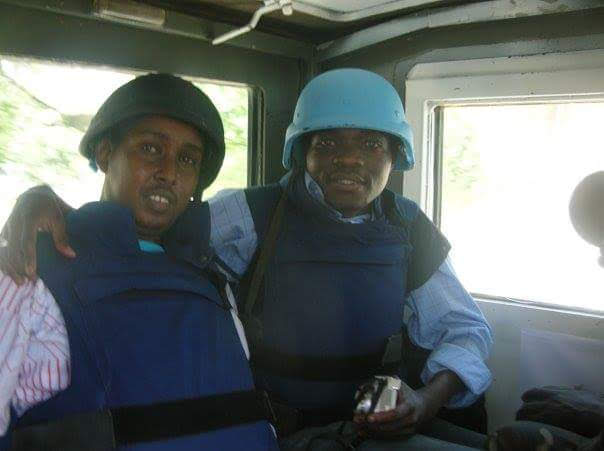 Yassin Juma with BBC Reporter Ibrahim Moalimu now Somalia MP, in Mogadishu aboard an armored vehicle
Yassin Juma with BBC Reporter Ibrahim Moalimu now Somalia MP, in Mogadishu aboard an armored vehicle
Despite this event, I continued to fly to Mogadishu from 2005 to 2006, usually on chartered aircraft, and on a few times after 2006 on newly introduced commercial flights operated by Daallo Airlines, Jubba Airways and African Express Airways.
Our aeroplane was narrowly missed by a shell from the remains of the Islamic Courts Union, which had morphed into Al-Shabaab.
Mogadishu Airport was not operating before 2006. K50 Airport was the chosen airport for Somali government delegations, daring foreign journalists like myself, and Khat traffickers who brought this most popular drug to millions of Somalis every day.
Later in 2006, the Mogadishu International Airport reopened. The airport had only one structure, which was either half-bombed or half-constructed.
A Khat-chewing, cigarette-smoking man in a sweat-soaked half-buttoned shirt sat on a blue, worn-out plastic chair and stamped our passport with a Celid (Entry) or Bixid (Exit) Gegid Calamiga Muqdisho (Mogadishu International Airport), which means exit or Celid.
He seemed more interested in collecting our $60 "Visa fee" than in learning about our journey to one of the most dangerous cities in the world at the time.
We'd sit on numerous stones on the ground, waiting for our jet beneath the scorching Mogadishu beachfront heat. There were no seats, waiting areas, or lounges back then.
I flew to Baidoa in 2006 to cover the civil war, which was known as the "City of Death." I accompanied President Ahmed and his ministerial and parliamentary delegation. It was their first visit to Baidoa since the overthrow of the Siad Barre government.
It had been a terrific trip and coverage, and I was looking forward to returning to the NTV newsroom in Nairobi to work on a series of stories. Another unique coverage for me thanks to my relationship with the President.
However, the unexpected occurred. Just as the plane was about to take off, militia members kidnapped us and held us captive at the airport. President Ahmed visited this city in the Bay Bakool area of Somalia to extend an invitation to the seven warlords to join the new government.
Our plane was grounded by a warlord's militia, who said they hadn't been paid "fees" for our visit to Baidoa. We were sweating for hours in the Russian plane, piloted by a Russian who had arrived in Djibouti and was taking us to Nairobi because there was no air conditioning on the aeroplane. After the warlord received $5,000, we were later freed.
In 2006, at the invitation of the Islamic Courts Union(ICU), I flew commercially. Passenger flights had resumed, and Mogadishu had returned to some degree of normalcy during their six-month occupation of the city.
The Mogadishu International Airport has re-opened. This was my first commercial flight to Mogadishu with Daallo Airlines. I came to this city to interview the ICU leader, Sheikh Shariff Sheikh Ahmed, who would later become President. The Ethiopian army eventually drove the ICU out of Mogadishu.
January 29, 2007. I was lying in a room that was not quite done. After a period of unconsciousness, I woke up with severe pain in my fractured right arm and pelvis. I had bleeding on me. My camerawoman Somoe Athman was lying next to me.
Two Ethiopian troops strode through the room, peering at us and conversing in Amharic. We were at the Mogadishu airport. We had just survived a catastrophic car accident near Burhakaba, some 184 kilometres from Mogadishu, where Islamic Courts Union troops and TFG forces were battling. We waited for a chartered plane to take us to Nairobi.
Two Ethiopian soldiers paced in and out of the room staring at us and talking back at each other in Amharic. We were at the Mogadishu Airport. We had just survived a terrible motor accident near Burhakaba some 184km from Mogadishu where fighting between the Islamic Courts Union fighters and TFG forces was going on.
We were waiting for a chartered plane to evacuate us to Nairobi. Later, a Blue Bird Aviation cargo plane flew us to Nairobi, where I spent seven months in the hospital recovering from a ruptured spleen, fractured arm, and pelvis.
I flew back to Mogadishu in crutches eight months later to cover an assignment this time AMISOM was in charge of Mogadishu to back up the TFG government. The Mogadishu airport had been renamed Aden Abdille International Airport after Somalia’s first president.
In 2011, Jerry Rawlings the late President of Ghana acknowledging my years of covering Somalia asked an AMISOM official to accompany him to Mogadishu and tell the world of the hundreds starving to death in what would be declared famine. We flew on a private jet from JKIA to AAIA through Wajir.
The Somalia aviation sector would gradually improve. Kenyan flights will now depart from JKIA rather than Wilson Airport, as was previously the case. Turkey entered the picture after we covered the 2011 famine, which was one of the worst experiences I've ever had as a journalist, and for the first time, I broke into tears on national TV.
In 2015 the Turkish government renovated the aviation building and constructed a new one. 60 up from 15 planes could now land at Mogadishu’s AIAA.
I drink my latte coffee and eat a sandwich in the air-conditioned airport lounge while waiting for my flight to Nairobi, one of over 250 planes that arrive at the AAIA airport each month. I check my e-ticket to confirm my departure time.
Indeed, things have changed since my first flight to Somalia. The restart of flights by our national airline Kenya Airways marks a watershed moment in Somali aviation history. Now I wait for the day when the defunct Somali Airlines will return to the air. Meanwhile, I'll still be flying to Mogadishu.
Top Stories Today
